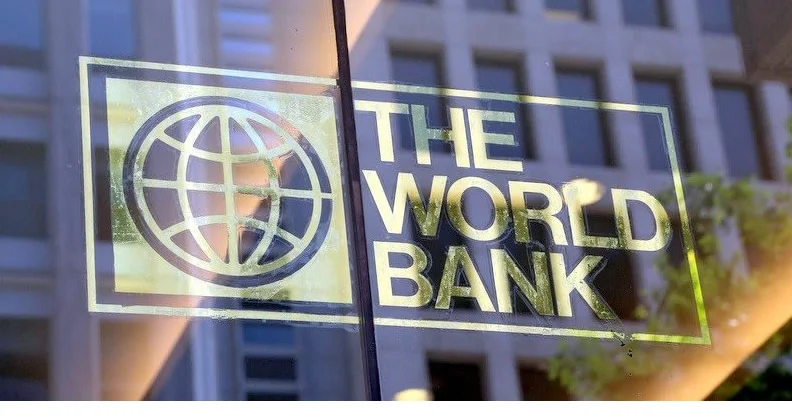By Haruna Gimba
The devastating human, economic, and social cost of COVID-19 has highlighted the urgent need for coordinated action to build stronger health systems and mobilize additional resources for pandemic prevention, preparedness, and response (PPR).
The World Bank’s Board of Executive Directors have approved the establishment of a financial intermediary fund (FIF) that will finance critical investments to strengthen pandemic PPR capacities at national, regional, and global levels, with a focus on low- and middle-income countries.
The fund will bring additional, dedicated resources for PPR, incentivize countries to increase investments, enhance coordination among partners, and serve as a platform for advocacy.
The FIF will complement the financing and technical support provided by the World Bank, leverage the strong technical expertise of WHO, and engage other key organizations.
Developed with leadership from the United States, and from Italy and Indonesia as part of their G20 Presidencies, and with broad support from the G20 and beyond, over $1 billion in financial commitments have already been announced for the FIF, including contributions from the United States, the European Union, Indonesia, Germany, the United Kingdom, Singapore, the Gates Foundation and the Wellcome Trust.
“I’m pleased by the broad support from our shareholders for a new Financial Intermediary Fund at the World Bank,” World Bank Group President David Malpass said.
“The World Bank is the largest provider of financing for PPR with active operations in over 100 developing countries to strengthen their health systems.
The FIF will provide additional, long-term funding to complement the work of existing institutions in supporting low- and middle-income countries and regions to prepare for the next pandemic.”
“Access to financing for pandemic prevention and preparedness is crucial. COVID-19 has exposed major gaps in preparedness capacities, which the Financial Intermediary Fund can address in a coherent manner, as part of the global architecture for health emergency preparedness and response,” said WHO Director General Dr Tedros Adhanom Ghebreyesus.
“WHO will play a central role in the FIF, providing technical leadership for its work in close collaboration with the World Bank to realize this ambitious vision.”
The goal of the FIF is to provide financing to address critical gaps in pandemic PPR to strengthen country capacity in areas such as disease surveillance, laboratory systems, health workforce, emergency communication and management, and community engagement.
It can also help address gaps in strengthening regional and global capacity, for example, by supporting data sharing, regulatory harmonization, and capacity for coordinated development, procurement, distribution and deployment of countermeasures and essential medical supplies.
In the coming weeks, the Bank and WHO will work closely with donors and other partners to develop the detailed scope and design of the FIF. The ongoing discussions will be informed by the extensive inputs provided through stakeholder engagement. The goal is to launch the FIF in fall 2022.
Drawing on its financial and legal platform, program management and operational expertise, and experience in managing FIFs, the World Bank will serve as the FIF’s Trustee and host the Secretariat, which will be staffed by the Bank and WHO.
Drawing on its technical expertise, the WHO will also lead on supporting and coordinating the work of the FIF’s technical advisory panel. Implementing entities for FIF-financed projects in addition to the World Bank Group are expected to include WHO, other multilateral development banks and United Nations agencies, as well as other organizations.
The FIF will build on the existing global health architecture for PPR, within the context of the International Health Regulations (IHR 2005) and associated monitoring mechanisms, with a central technical role for WHO.
Key principles of the FIF will be to complement the work of existing institutions that provide international financing for PPR, drawing on their comparative advantages and catalyzing funding from private, philanthropic, and bilateral sources.
Further, the FIF is expected to incentivize countries to invest more in PPR, serve as an integrator of PPR efforts, and have the flexibility to work through a variety of existing institutions and adjust over time as needs and the institutional landscape evolve.
The FIF’s structure will combine inclusivity and agility and operate with high standards of transparency and accountability.




